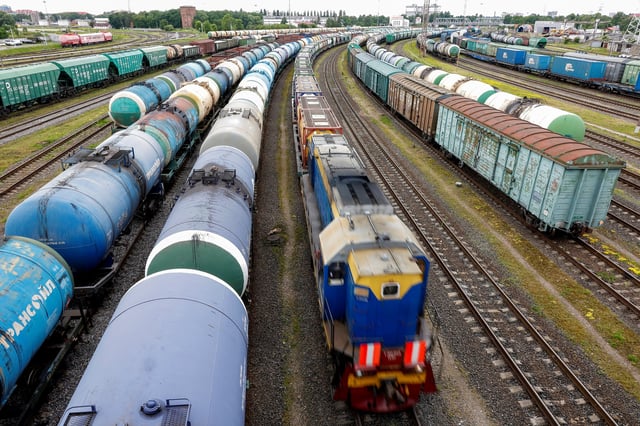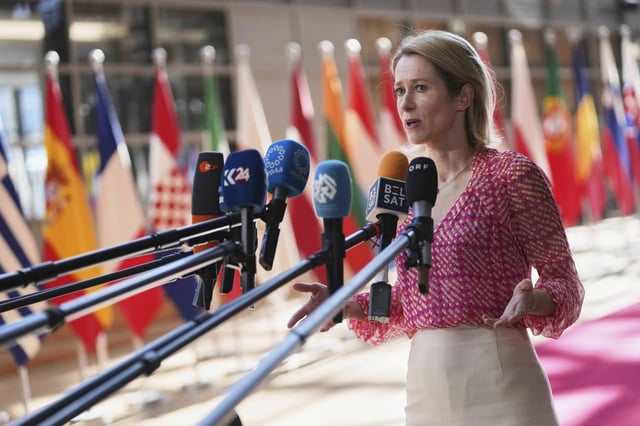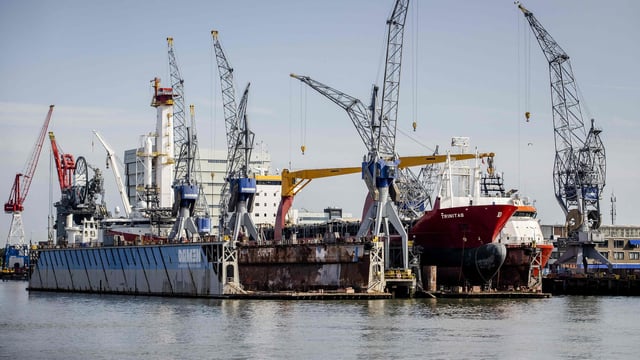Overview
- The EU approved its 17th sanctions package, blacklisting 189 additional shadow fleet vessels, bringing the total to 342 ships targeted for circumventing oil price caps and sanctions.
- The UK introduced parallel sanctions, targeting 18 shadow fleet ships, 100 entities and individuals, and supply chains linked to Russia’s military, energy, and financial sectors.
- For the first time, the EU imposed sanctions under a hybrid-threats framework, addressing sabotage of undersea cables, physical attacks in Estonia, and pro-Russian demonstrations in Europe.
- Major Russian entities, including oil company Surgutneftegaz and shipping firm VSK, were sanctioned, alongside third-country firms enabling Russia’s shadow fleet operations.
- The EU and UK emphasized coordinated action to tighten restrictions, disrupt Russia’s war funding, and pressure Moscow toward an unconditional ceasefire.



